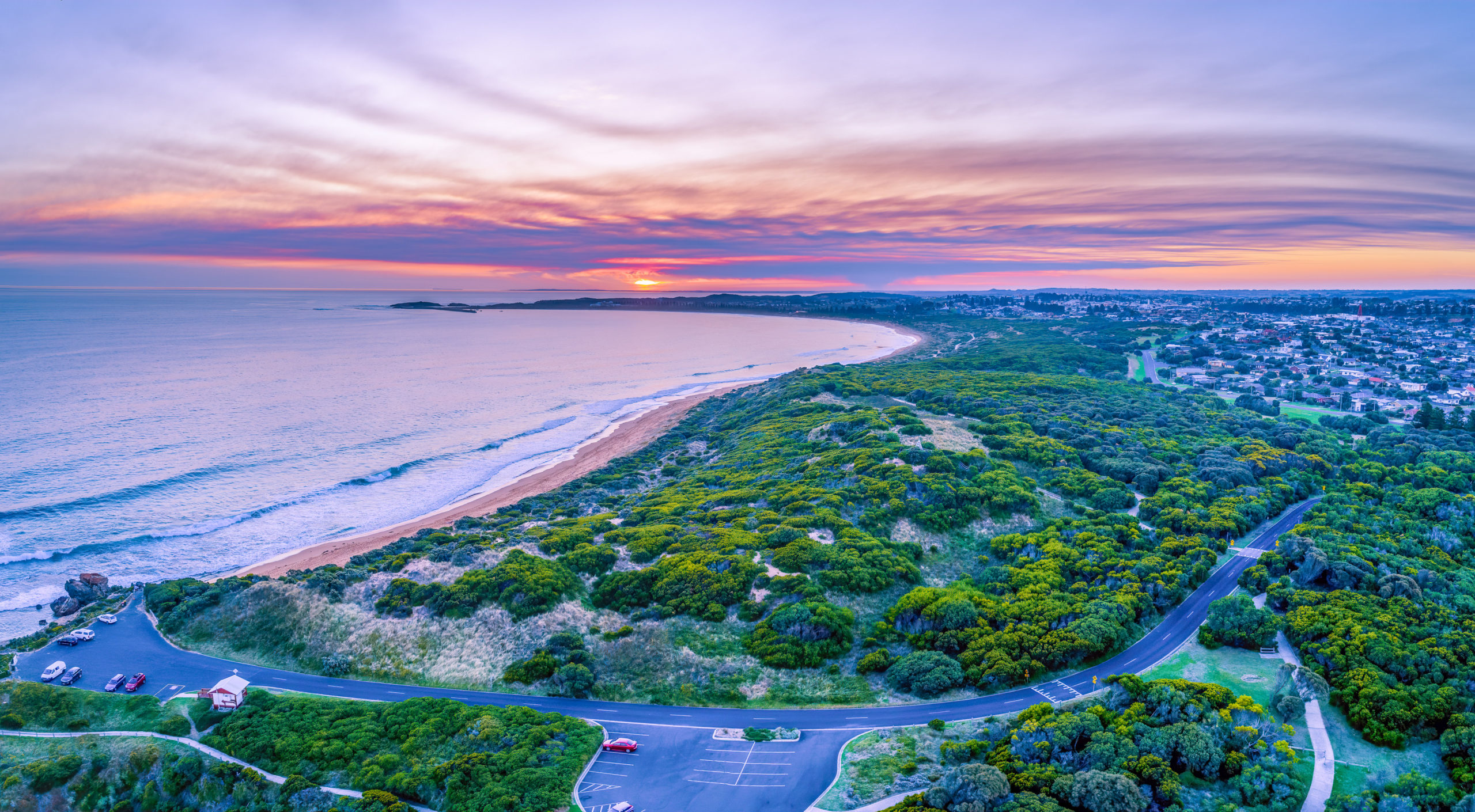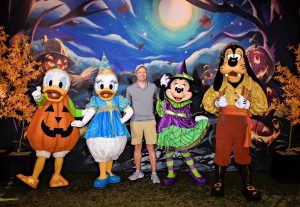Home Travel
This quaint town, often used as a halfway stopping point between Hobart and Launceston, has dozens of buildings dating back to the 19th century. Its superb collection of Georgian and Victorian structures includes a Gothic manor named The Grange Estate; a former coaching inn turned private residence and bookshop called the Foxhunters Return; and the handsome, convict-built Red Bridge. It’s a town you can experience simply by wandering up and down its main street, the Midland Highway, and taking a stroll along the Elizabeth River.
Campbell Town’s 200-year history features some genuinely fascinating moments commemorated by various monuments throughout the town. Inside Valentine Park, in front of The Grange, there’s a statue of Tasmania’s wool industry pioneer Eliza Forlonge, who brought Saxon merino sheep to the district in the early 1830s. The park also has a sundial that was erected to celebrate the 1874 and 2004 transits of Venus. In 1874, Campbell Town was one of eight places worldwide chosen by the US Naval Observatory to observe and record the astronomical event. Dr William Valentine, who lived at The Grange, hosted the observing party.
Further up the highway is a memorial to navigator and aviator Harold Gatty, born in Campbell Town in 1903. In 1931, Gatty and American aviator Wiley Post flew around the world in the Winnie Mae. Their record-breaking flight lasted 8 days, 15 hours and 51 minutes.
Origin of name:
The town takes its name from Elizabeth Macquarie, née Campbell, the second wife of Governor Lachlan Macquarie.
The foundation stone for this three-arch bridge was laid by Lieutenant Governor George Arthur on 21 October 1836. Completed in July 1838, the convict-built structure features distinctive red bricks handmade from local clay, giving the Red Bridge its enduring character and name. It’s Australia’s oldest surviving brick arch bridge still in use on a major highway.
Carved from three trees by Tasmanian chainsaw artist Eddie Freeman, these sculptures depict notable moments from Campbell Town’s history. One shows a British soldier guarding a convict labourer building the Red Bridge, as well as bushranger Martin Cash. Another features Dr William Valentine with a telescope, marking the 1874 transit of Venus, alongside an aircraft and globe honouring aviator Harold Gatty. A sheep and fleece represent the Campbell Town Show, the longest-running agricultural show in the British Commonwealth. The third tree features local wildlife seen along the Elizabeth River.
Along the west side of the Midland Highway, there’s a long, single line of red bricks running along the pavement. Carved into each brick is the name of a convict, their age, the year they arrived in Australia, the ship they were transported on, their crime and their sentence.
This sundial in Valentine Park was designed and built by Anthony Sprent using old agricultural machinery in the town. It commemorates the transits of Venus during both 1874 and 2004.
Also in Valentine Park is the sculpture Eliza & The Ram. The statue celebrates Eliza Forlonge (1784–1859), a wool pioneer who left Scotland for Saxony, Germany, in 1829 with an ambitious plan: to buy the best Saxon merino stock she could find and take it to Australia. She arrived in Van Diemen’s Land (now Tasmania) in 1831 and went on to establish the colony’s superfine wool industry. Today, the original bloodlines of her flock still produce some of the world’s finest wool.
This coaching inn was built in the 1830s by Irish master stonemason Hugh Kean with the help of convicts. The National Trust describes it as “the finest and most substantial hotel building of the late colonial period in Australia”. Its cellars have been converted into a trendy bookshop called The Book Cellar.
Before European settlement, the area was the home to the Tyerrernotepanner First Nations peoples.
In 1811 Governor Lachlan Macquarie toured the colony of Van Diemen’s Land. Travelling from Hobart to Launceston, he named the river passing through what is now Campbell Town ‘Elizabeth’, in honour of his wife.
District constable Thomas Kenton became the site’s first European settler in 1819. He lived in a log cabin beside the river.
Governor Macquarie established a garrison town next to the Elizabeth River. He named it Campbell Town in May 1821.
A causeway made from logs and earth was built across the Elizabeth River in 1822.
The town site was surveyed by Thomas Scott in 1823.
The Campbell Town police district was established in 1827. A gaol, magistrate’s court and gaoler’s house were built.
In the early 1830s Eliza Forlonge arrived in the area with a flock of Saxon merino sheep. Eliza helped forge Campbell Town’s reputation as the centre of Van Diemen’s Land’s superfine-wool industry.
Convicts finished building the Red Bridge in 1838.
The first Campbell Town Show was held in 1839 and has continued until today. Locals proudly claim it’s the oldest agricultural show in the British Commonwealth.
We’re relocating our magazine archive – and we’d rather send it to you than haul it to the new warehouse.
From cuddly companions to realistic native Australian wildlife, the range also includes puppets that move and feel like real animals.
Get incredible stories of extraordinary wildlife, enlightening discoveries and stunning destinations, delivered to your inbox.
By subscribing you become an AG Society member, helping us to raise funds for conservation and adventure projects.
By subscribing you become an AG Society member, helping us to raise funds for conservation and adventure projects.




